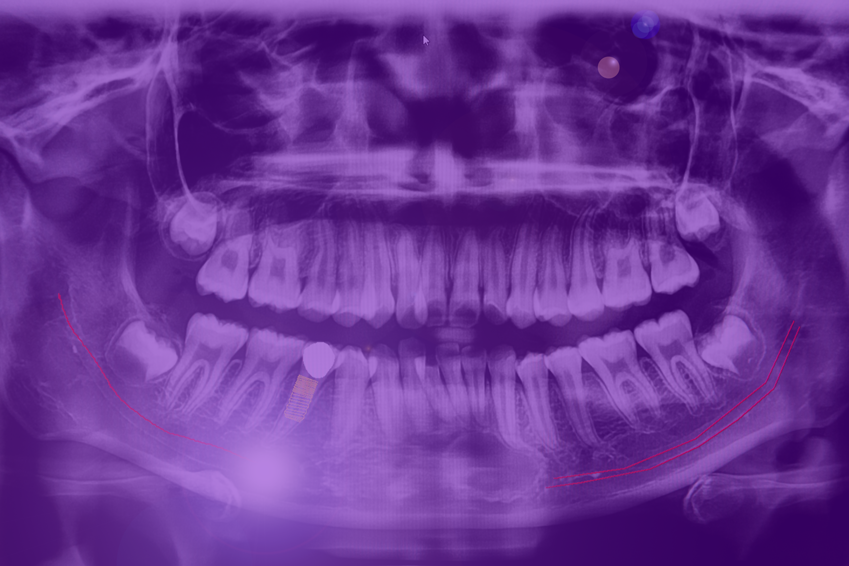Although most people with missing teeth qualify for dental implant surgery, some will need a procedure called a bone graft before the dentist can start the implant process.
Sometimes, certain conditions and bodily experiences can cause the bones supporting your teeth to break down. These issues may include:
- Acid damage
- Bone defects
- Bone infection
- Cracked teeth
- Excessive cavities
- Existing bone too thin or short
- Gum disease
- Missing tooth or teeth
- Periodontal disease
- Pre-existing medical conditions
- Poorly fitting dentures
- Previously extracted teeth
- Weak bone density
When bone erosion occurs, a dental implant installed in the affected area may not have a strong enough foundation to be stable, and may fail over time. Bone grafts correct these issues by building back bone tissue sufficient enough to take an implant.

The Bone Graft Procedure
Before an oral surgeon performs a bone graft, he or she uses a scalpel to remove small portions of bone from one area of your mouth. Your dentist then immediately transfers it to the implant area while you are under local anesthesia. Depending on the amount of bone removed, you may or may not need stitches.
Caring for Your Mouth After a Bone Graft
A bone graft is a minimally invasive procedure that doesn’t require a long recovery time. If you experience discomfort after your anesthesia wears off, take ibuprofen every six hours. If pain persists after the first day, you should contact your oral surgeon. You can place a cold pack on your cheek near the site of the bone graft if you experience any swelling.
It’s important to follow your normal hygiene routine except for brushing on or near the bone graft site. You should also avoid using mouthwash as this could cause an infection in your wound. Rinsing your mouth with warm salt water two or three times a day for the first several days will soothe your mouth and keep it clean.

Bone grafts are great technology!
You may be a little nervous if you need a bone graft, but there is no need for anxiety. Just remember that without this procedure, you wouldn’t be able to get dental implants, and a beautiful new smile!
Contact us for more information about teeth replacement methods and bone graft procedures!

















